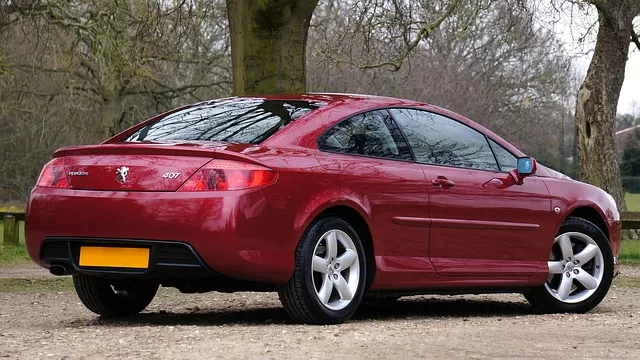
Boost Your Ride: Latest Trends in Exterior Accessories

Expert Car Care Tips: How to Keep Your Vehicle Pristine
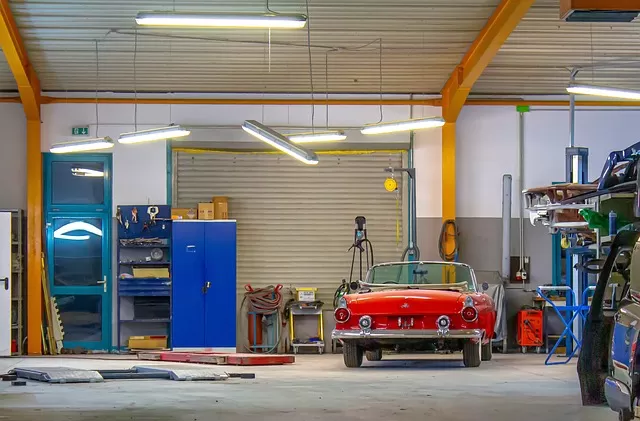
Auto Finance Navigating Car Loans And Leasing In Todays Market
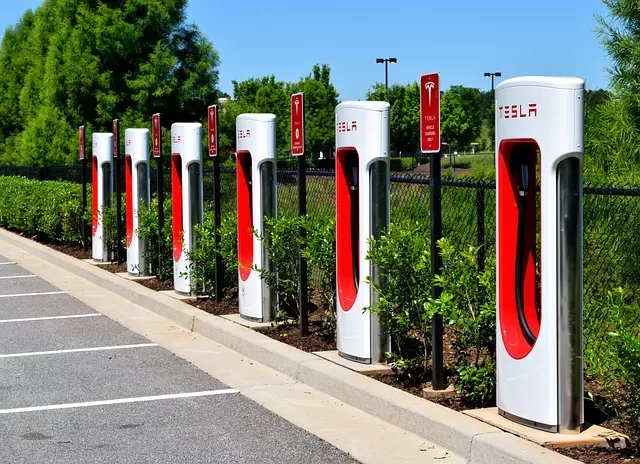
The Rise Of EV Charging Infrastructure In America

Vehicle Manufacturing Driving Innovation And Resilience Across The US Auto Industry
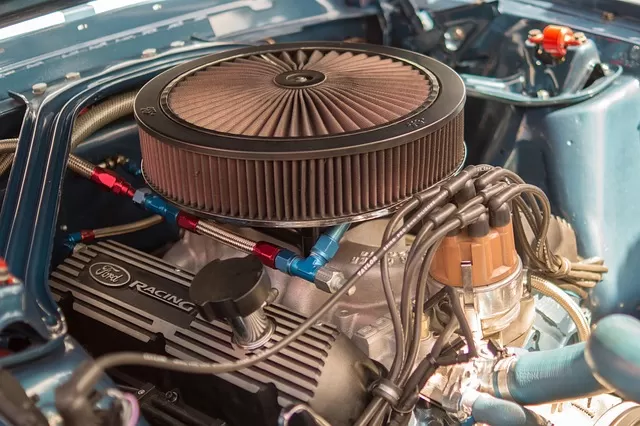
Engine Systems Powering Modern American Vehicles
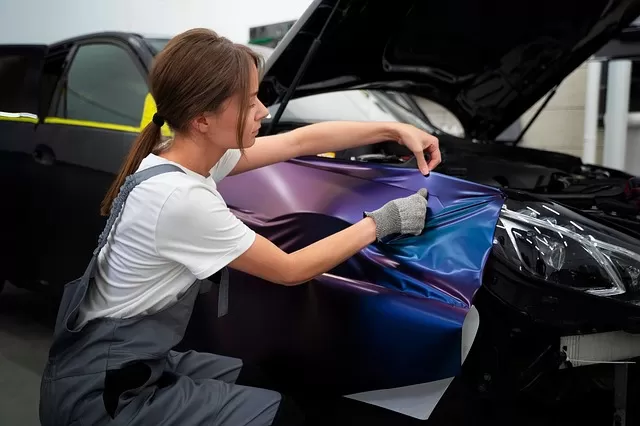
Essential Car Maintenance Tips for Longevity and Performance
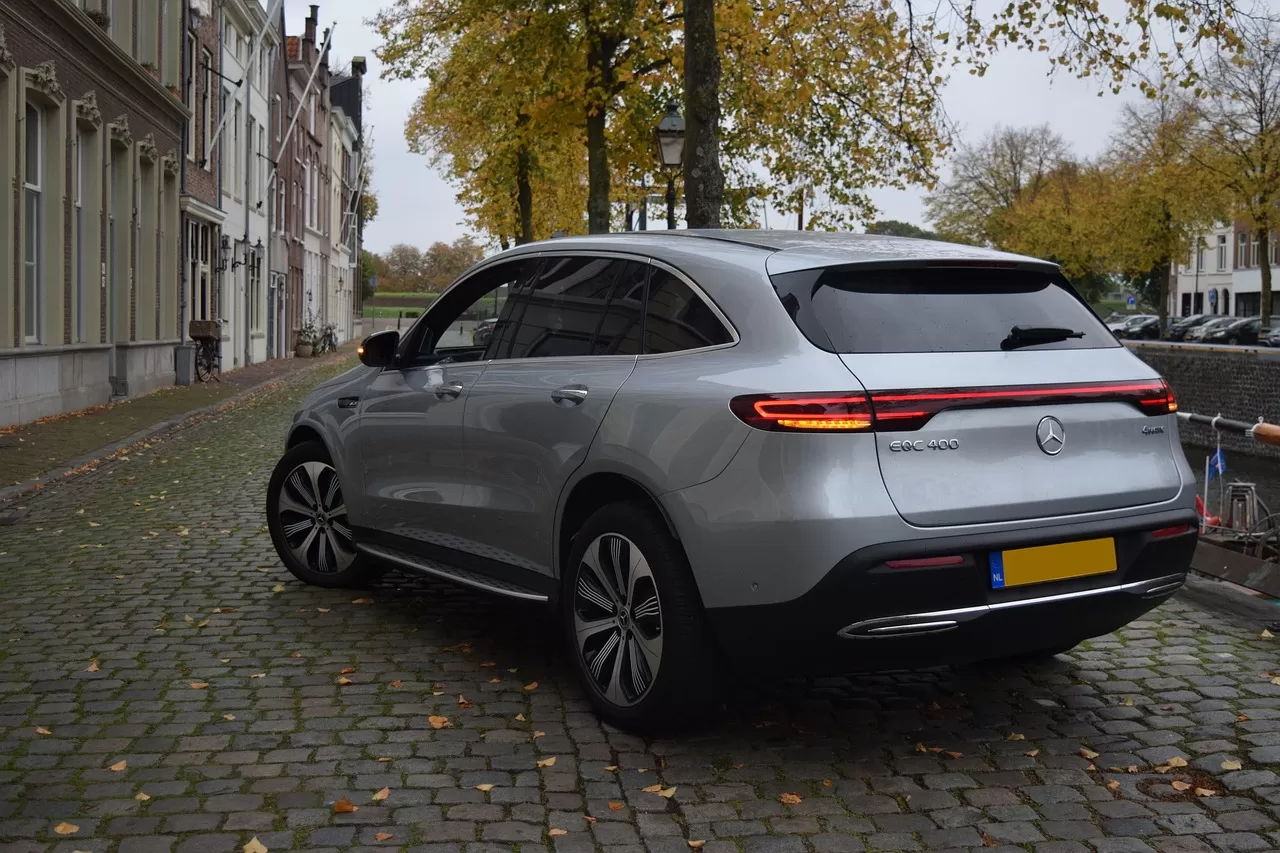
Top 5 Must Have Car Electronics Upgrades for 2025

Shared Mobility Redefining Transportation For American Cities

Navigating 2025: Latest GPS And Navigation Systems Reviewed
Battery Storage Driving The Future Of Electric Vehicles
As the U.S. automotive landscape undergoes a fundamental transformation, battery storage has emerged as a defining force in the rise of electric vehicles (EVs). Once a niche market, EVs are now central to the future of transportation, sustainability, and energy independence. At the heart of this shift lies the battery—the component that stores energy, powers propulsion systems, and determines vehicle range and charging speed. As automakers, consumers, and policymakers rally behind the electric transition, understanding the evolving world of battery storage is critical. This article explores the technologies behind EV batteries, current innovations, manufacturing strategies, challenges, and their broader impact on America’s economy and infrastructure.
Related searches
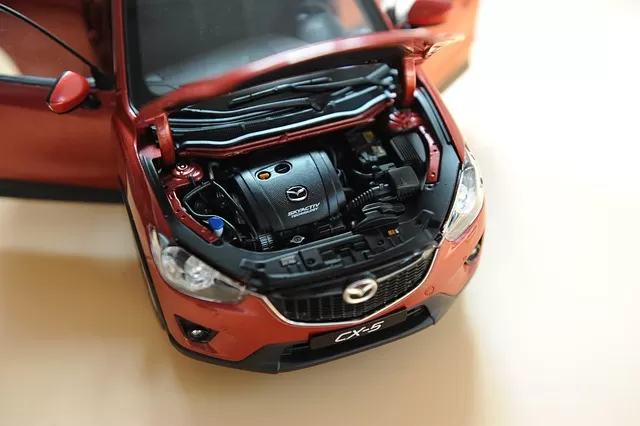
Battery Basics: The Foundation of EV Performance
Electric vehicle batteries, typically lithium-ion based, serve as rechargeable energy storage systems that power the vehicle's electric motor. Unlike gasoline tanks that simply store fuel, EV batteries are integrated, intelligent components that regulate power delivery, monitor temperature, and interact with the car's software.
Battery performance directly affects key user concerns—most notably driving range. Today's EVs, such as the Tesla Model Y or Ford Mustang Mach-E, offer ranges between 250 to 400 miles on a single charge. Battery energy density—the amount of energy stored per unit of weight—is a key metric in extending range without increasing size or weight.
Equally important is charging speed. Modern fast-charging systems, often found at DC fast-charging stations, rely on batteries that can absorb high power levels without overheating or degrading. Most EVs can now reach 80% charge in under 30 minutes, a figure expected to improve as battery tech advances.
Advancements in Battery Technology
The EV battery sector is rapidly evolving, with new chemistries and architectures aimed at improving performance, safety, and sustainability.
Solid-State Batteries:
One of the most anticipated advancements is the solid-state battery. Unlike conventional lithium-ion batteries that use liquid electrolytes, solid-state batteries use a solid electrolyte, offering greater energy density, reduced fire risk, and faster charging capabilities. Companies like Toyota and QuantumScape are investing heavily in developing this technology, with commercial deployment expected later this decade.
Cobalt-Free Alternatives:
Traditional lithium-ion batteries often rely on cobalt, a mineral associated with high costs and ethically challenging mining practices. To reduce dependency, manufacturers are exploring lithium iron phosphate (LFP) and advanced nickel-based chemistries. These options reduce reliance on scarce materials while offering comparable performance for certain vehicle segments.
Battery Management Systems (BMS):
Modern EV batteries are monitored by sophisticated BMS software, which optimizes charging cycles, balances cell performance, and detects issues early to extend battery life. Innovations in AI and machine learning are further enhancing BMS capabilities, allowing real-time diagnostics and predictive maintenance.
Battery Manufacturing and the Push for U.S. Supply Chains
With EV demand growing, the need for domestic battery production has become a strategic priority. U.S. automakers and government agencies are investing billions into gigafactories—massive battery production plants that can meet rising demand while reducing dependency on imports from Asia.
Gigafactory Expansion:
Tesla's Gigafactory in Nevada and new joint ventures from Ford and SK On in Kentucky and Tennessee highlight the trend. General Motors, in partnership with LG Energy Solution, is developing Ultium Cells facilities in Ohio and Michigan. These plants are not only boosting domestic production but also creating thousands of high-tech jobs.
Raw Material Sourcing and Recycling:
Lithium, nickel, and graphite are essential to battery production. Securing these materials is critical for supply chain resilience. The U.S. is investing in domestic mining operations and partnering with countries like Canada and Australia to diversify sourcing. Battery recycling initiatives, such as those led by Redwood Materials, aim to recover valuable metals from used batteries to reduce raw material demand and environmental impact.
Vehicle-to-Grid (V2G) and Beyond
Battery storage is increasingly recognized not just as a vehicle component, but as part of a larger energy ecosystem. Vehicle-to-grid (V2G) technology allows EVs to store electricity and feed it back into the grid when needed. During peak demand periods or emergencies, EVs could act as mobile power sources, helping stabilize the grid and reduce outages.
Several pilot programs in California, New York, and Texas are testing this concept. School buses and delivery fleets are ideal candidates, as they sit idle for long periods and have predictable usage patterns. Widespread V2G adoption could turn millions of parked EVs into a flexible, distributed power resource.
Consumer Education and Confidence
For battery storage to reach its full potential, consumer understanding and confidence must grow. Battery lifespan remains a top concern among prospective EV buyers. Most modern batteries are designed to last at least 8 to 10 years or 100,000 to 150,000 miles, with degradation rates continuing to decline thanks to better thermal management and software updates.
Automakers now offer extended warranties for batteries, and third-party services are emerging to evaluate and certify used EV batteries—supporting the growth of a reliable second-hand EV market. Additionally, public education campaigns and dealership training programs are helping demystify battery health, range anxiety, and charging habits.
Policy Support and the Path Forward
Government policies at both federal and state levels are critical to advancing battery storage and EV adoption. The Inflation Reduction Act of 2022 includes tax credits for domestically produced EVs and batteries, encouraging investment in American supply chains. State incentives, infrastructure funding, and utility partnerships are also expanding access to fast chargers and grid-friendly technologies.
At the same time, standards and regulations for battery safety, recycling, and transportation are being developed to guide industry growth. Coordinated efforts between automakers, energy providers, and regulators will be essential to scale battery storage safely and sustainably.
Conclusion
Battery storage stands at the center of the electric vehicle revolution, enabling cleaner, smarter, and more efficient transportation across the U.S. From powering long-range cars to supporting the national power grid, advanced battery technologies are reshaping mobility and energy systems alike. With continued innovation in materials, manufacturing, and software—and strong support from government and industry—the future of EV battery storage is bright. As America drives toward a more electrified and sustainable future, batteries are not just a part of the vehicle—they are the engine of change.
 By: Lorna
By: Lorna
